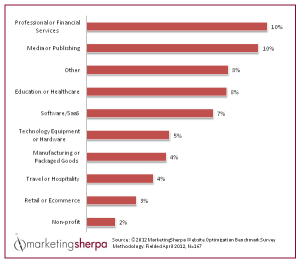Email marketing presents a unique challenge from other digital marketing platforms in that it has a single definitive send. Once it’s sent, there’s not a reliable way of retracting the communication. So unlike your website, digital ads, or social media posts, mistakes can’t be overwirtten live at the source. So when mistakes are not caught before a send, how should you handle it?
A word of warning, every email list has a few sticklers on it that will often reply to minor mistakes they find in your emails. It’s worthwhile to respond to those individuals thanking them for alerting you to the error but don’t overblow it to assuming your entire list is aghast at your oversight. Many if not most of your audience might look right past the error. Analyze the mistake in your email send and make a reasonable judgment call on how to address it.
There are four options for addressing mistakes in a sent email marketing communication.
1. A Total Re-Send
This should be reserved for only critical mistakes. Examples of this would be false information on an offer/event, an incorrect email/template being sent, or content being sent to the wrong group.
If you feel that you need to do a re-send, it’s important not to panic which often results in more mistakes. Take a few minutes to ensure you are selecting the right groups to re-send to and that you have successfully corrected the error. There is nothing worse than doing a re-send only to find that you’ve made a second mistake trying to correct the first.
2. A Targeted Re-Send
This is typically most appropriate for inaccurate links within an email. In this case, you can effectively identify who experienced the mistake and target a re-send to those people only.
To do this, simply pull a list of those that clicked on the inaccurate link and send to that subset. A targeted re-send does require additional monitoring of the click report so that anyone that clicks after the initial correction can be provided with the edited communication. This limits the inconvenience to your larger audience and ensures a correction to those that experienced the problem.
3. Let It Ride
Sometimes the best action is inaction. If the mistake is minor it’s often best to leave it alone rather than inconvenience your audience with a re-send. Examples of this would be minor typos, graphical anomalies, or concealed problems (like html or image tags).
In these cases, correct the error on your next communication but don’t bother your list with a re-send highlighting such a small issue.
4. Strategic Follow Up
This is really limited to promotional emails but can be a way of correcting a mistake and reinforcing the offer. Example problems would be non-critical mistakes on an email but correct information on a registration page (like a missing digit in a buildings zip code where an event will be held).
Rather than doing a re-send right away, make a follow up email on the offer that corrects the mistake. Then resend it a few days later as a reminder email. This prevents the frustration to your audience of getting a second email on the heels of the first, gives a second touch on promoting your offer/event, and updates the non-critical mistake on the newest send.
Moving Forward
Despite best efforts and effective editing processes, mistakes will pop up in sent email communications sooner or later. It’s important to weight the gravity of the error in deciding how to handle it. The judgment really comes down to whether it’s worth alerting some or all of your audience to the mistake and inconveniencing them with a second send.
Once you handle a mistake in a send, it’s important to be diligent in your upcoming communications. An error once in a while is going to happen and will be forgiven. Consistent errors show a lack of respect to your audience and will erode credibility.







